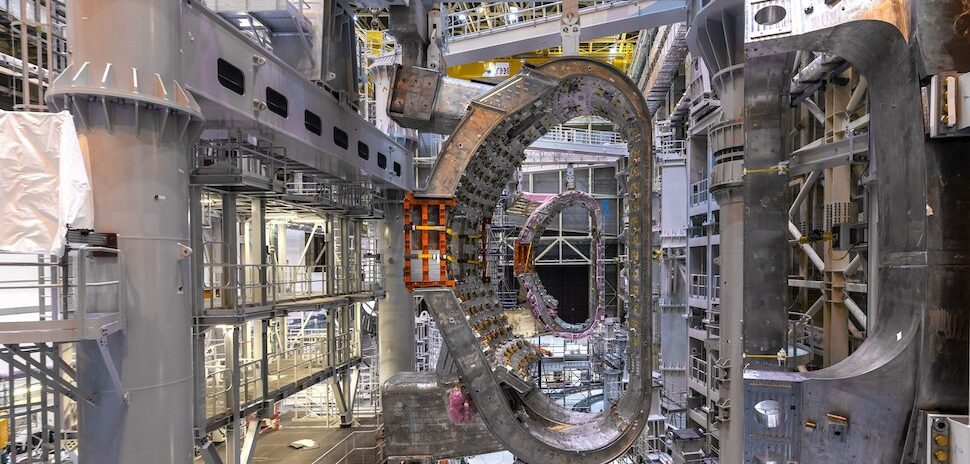Vistra Corporation’s recent approval to extend the operation of its Ohio nuclear plant for another 20 years has sparked discussions and analysis within the energy industry. While this news may seem like a routine regulatory update, it actually raises important questions about the future of nuclear power, renewable energy, and overall energy sustainability.
The decision to extend the plant’s operation shines a spotlight on the broader landscape of energy production and consumption in Ohio and beyond. As stakeholders digest this development, they are prompted to consider various aspects ranging from regulatory implications to environmental impacts. One key question that arises is how this decision fits into the larger conversation around transitioning to cleaner forms of energy.
Experts in the field emphasize that such decisions have ripple effects across multiple sectors. A spokesperson from an environmental advocacy group notes,
“Extending the operational lifespan of a nuclear plant can have significant ramifications on our carbon emissions targets and overall efforts to combat climate change.”
This sentiment underscores the interconnectedness of energy policies with broader environmental goals.
Furthermore, this news comes at a time when discussions around renewable energy sources like solar power are gaining momentum. The Solar Risk Assessment report by kWh Analytics sheds light on critical issues facing the solar industry, including performance challenges, manufacturing concerns, and weather-related risks such as hail damage. These findings underscore the complexity of transitioning towards more sustainable energy sources.
In light of these developments, industry experts stress the importance of a diversified energy portfolio that balances traditional sources like nuclear power with emerging technologies such as solar and wind. A renewable energy specialist explains,
“While nuclear power plays a crucial role in providing baseload electricity, we must also invest in scalable renewables to meet growing demand sustainably.”
The approval granted to Vistra Corporation serves as a microcosm of larger debates surrounding energy policy and technology adoption. It prompts us to consider not only immediate operational decisions but also their long-term implications for our environment and society at large.
As stakeholders navigate these complexities, one thing remains clear: shaping our energy future requires careful consideration of technological advancements, regulatory frameworks, and environmental stewardship. The journey towards a more sustainable energy landscape is multifaceted and demands collaboration among industry players, policymakers, and communities alike.
In conclusion, Vistra’s Ohio nuclear plant extension approval serves as a catalyst for deeper conversations about our collective energy future. It underscores the need for holistic approaches that balance economic interests with environmental concerns while fostering innovation in renewable technologies. As we move forward, it is essential to keep sight of our overarching goal: creating an efficient, resilient, and sustainable energy ecosystem for generations to come.

